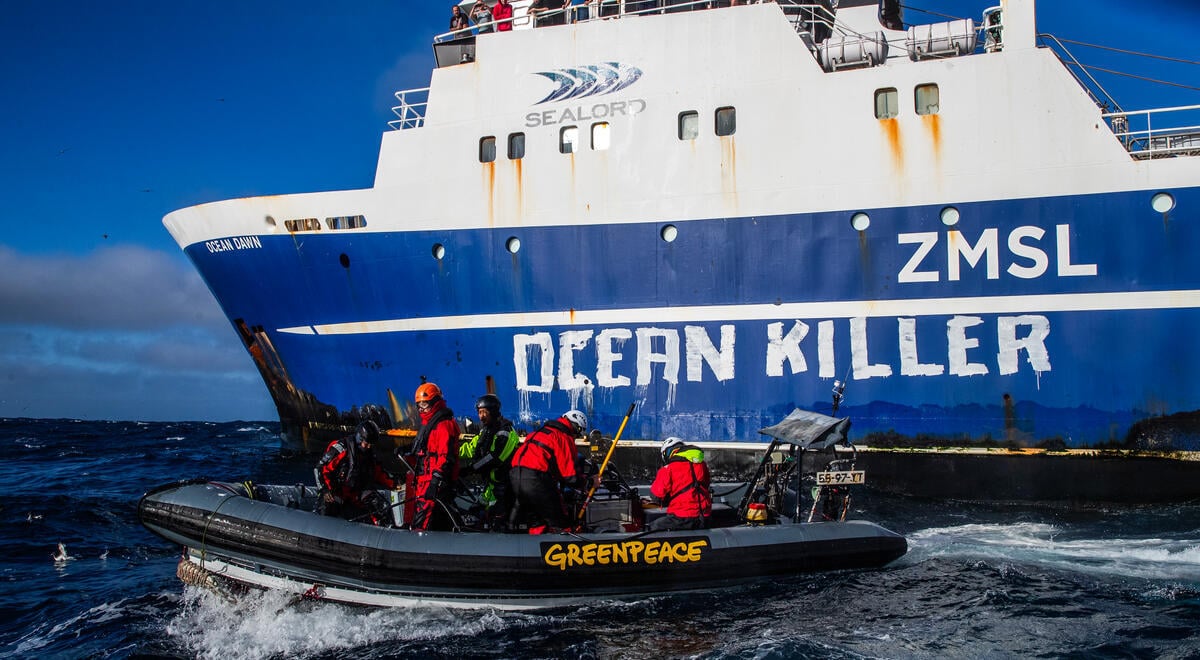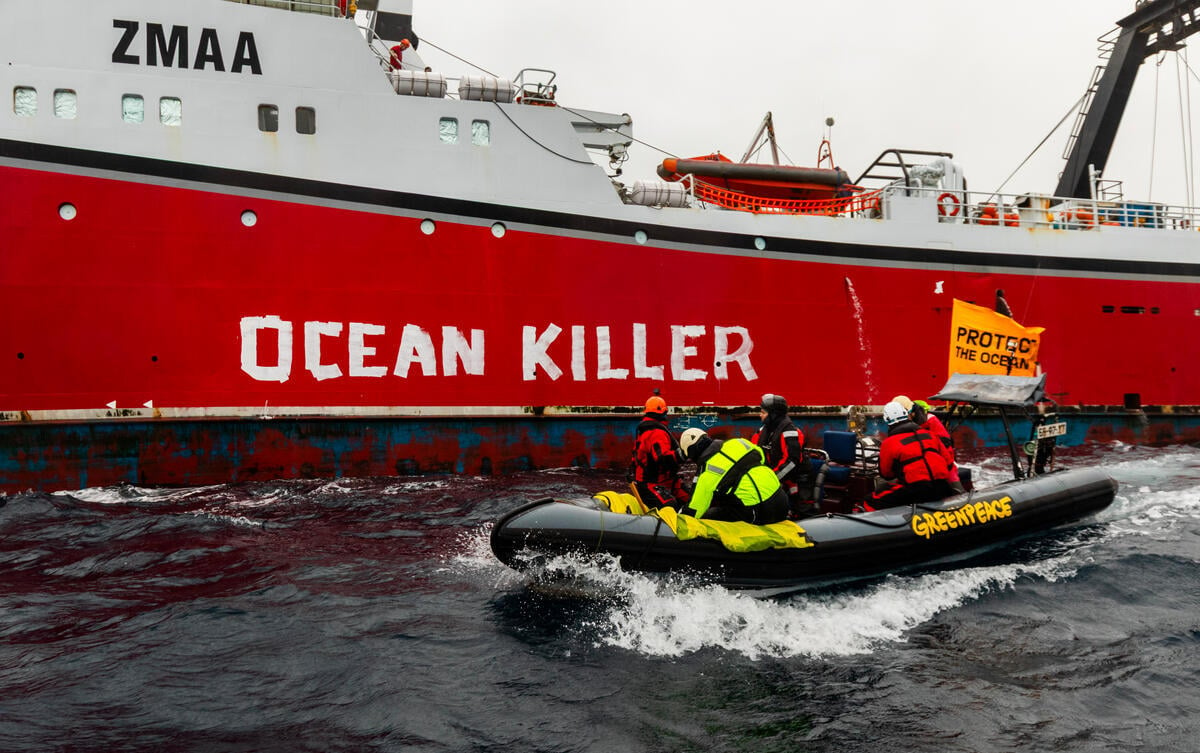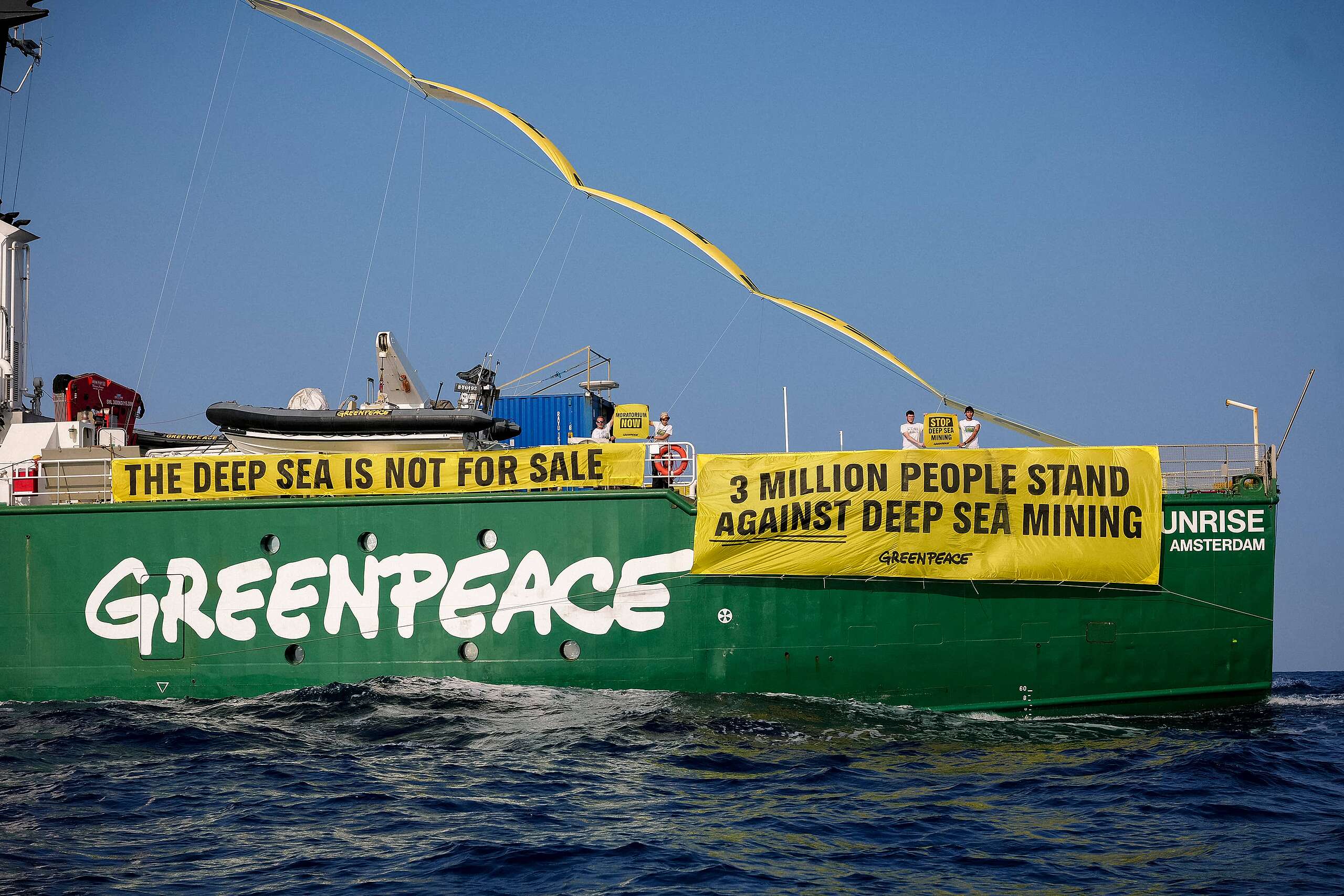The South Pacific Regional Fisheries Management Organisation (SPRFMO) has given the green light to destroying up to 30% of vulnerable deep-water corals and sponges, following repeated lobbying from New Zealand against higher levels of protection.
New Zealand is the only country that still has a bottom trawling fleet in the South Pacific high seas and in a devastating move for biodiversity, pressured SPRFMO members to allow it to continue trawling Pacific hotspots of deep sea life.
The annual meeting of the inter-governmental body, charged with regulating high seas fishing in the South Pacific, SPRFMO, closed on Friday 17th February. Despite efforts by the European Union, United States and Chile to secure greater protection of deep sea ecosystems, SPRFMO members eventually bowed to pressure from New Zealand to allow it to destroy up to 30% of vulnerable marine ecosystems.
Duncan Currie, head of the Deep Sea Conservation Coalition (DSCC) delegation at the meeting in Ecuador, told the meeting: “We are in no doubt that this measure is contrary to the UNGA bottom fishing resolutions, the FAO Guidelines, the SPRFMO Convention, UNCLOS and the Fish Stocks Agreement, but even worse, is directly contrary to the commitments to protect biodiversity that States here have signed up to.”
The agreement disregards commitments made by NZ and other SPRFMO parties at the United Nations General Assembly (UNGA) and in the Biodiversity Convention to prevent significant adverse impacts on all vulnerable marine ecosystems and to protect and rebuild biodiversity. In 2020, NZ reported to SPRFMO that one of its trawlers had damaged or destroyed such an ecosystem. (1)
Barry Weeber, representing ECO Aotearoa New Zealand at the meeting, said: “Seamounts host unique and vulnerable deep sea life like ancient corals and sponges, this outcome will not prevent significant adverse impacts on those ecosystems, and ignores rare, cryptic and undescribed species altogether. New Zealand officials argued that the limited protection was adequate because it was part of a package of measures – but the rest of the package is full of holes also. For example, the encounter protocol is designed to stop fishing when high levels of bycatch occur – but that’s just an ambulance at the bottom of the cliff – and what’s more, two years after a deep-sea ecosystem was badly damaged by a NZ vessel, the area is not yet permanently closed.”
Over 80,000 people have called on the NZ government to end bottom trawling on seamounts and features, biodiversity hotspots that play a critical role in keeping our ocean healthy, influencing currents and nutrient circulation, and supporting rich webs of life. (2)
Greenpeace Aotearoa Oceans Campaigner, Ellie Hooper, said: “Our planet is facing twin crises of climate change and biodiversity loss – bottom trawling exacerbates both. This method of fishing is indefensible, and New Zealanders don’t want it happening in their name. It’s high time the Government listened to them, rather than lobby on the international stage for it to continue.”
The EU and US are members of the Northeast Atlantic Fisheries Organisation (NAFO), which last year closed all seamounts and features within its convention area to bottom trawling. Chile, which historically had a bottom trawling fleet fishing in the South Pacific high seas, noted at the meeting it has already protected all vulnerable marine ecosystems in its own waters from bottom trawling. During negotiations, these countries expressed that it is not precautionary to leave 30% of vulnerable ecosystems at risk, and secured the inclusion of a note that the agreement is only an interim measure and may be reviewed in 2024 to prevent significant adverse impacts on vulnerable marine ecosystems.
DSCC campaign lead in Aotearoa, Karli Thomas, commented: “Bottom trawling through biodiversity hotspots is not the future of fishing, and has no place in the South Pacific. For too long our government has propped up the extreme end of the fishing industry at the expense of ocean life and New Zealand’s reputation – as the only country still bottom trawling in the South Pacific, we can and must put an end to this destruction. Kiwis would be shocked to know that the New Zealand government has stymied efforts by other countries to improve ocean protection in the South Pacific.”
- https://www.sprfmo.int/assets/Meetings/SC/9th-SC-2021/deepwater-wg/SC9-DW09-rev1-New-Zealand-2020-VME-encounter-review.pdf
- https://petition.act.greenpeace.org.nz/oceans-bottomtrawling?source=actioncallout
- https://www.greenpeace.org/aotearoa/press-release/horizon-poll-reveals-nearly-80-of-nzers-want-bottom-trawling-banned-on-seamounts/



